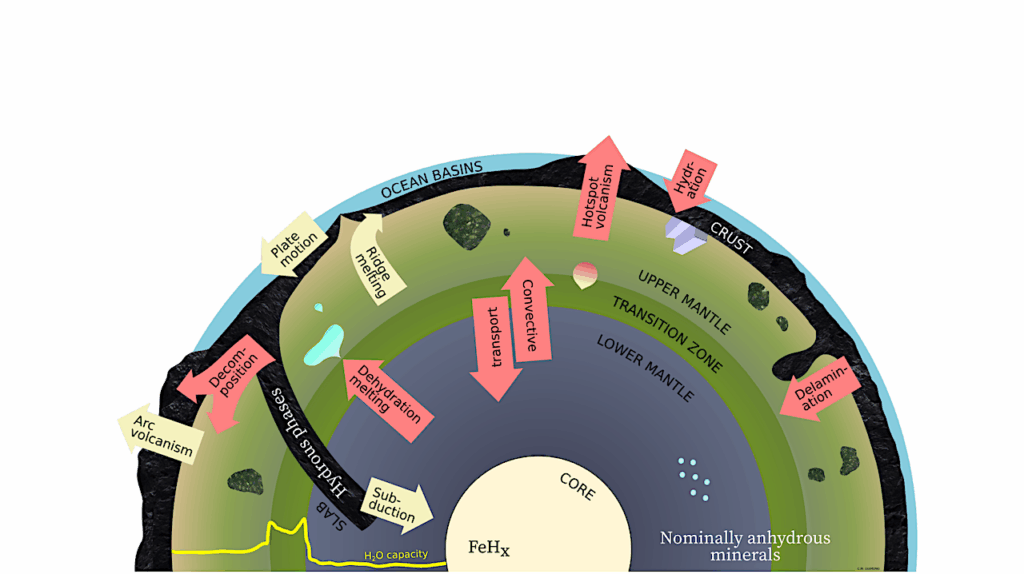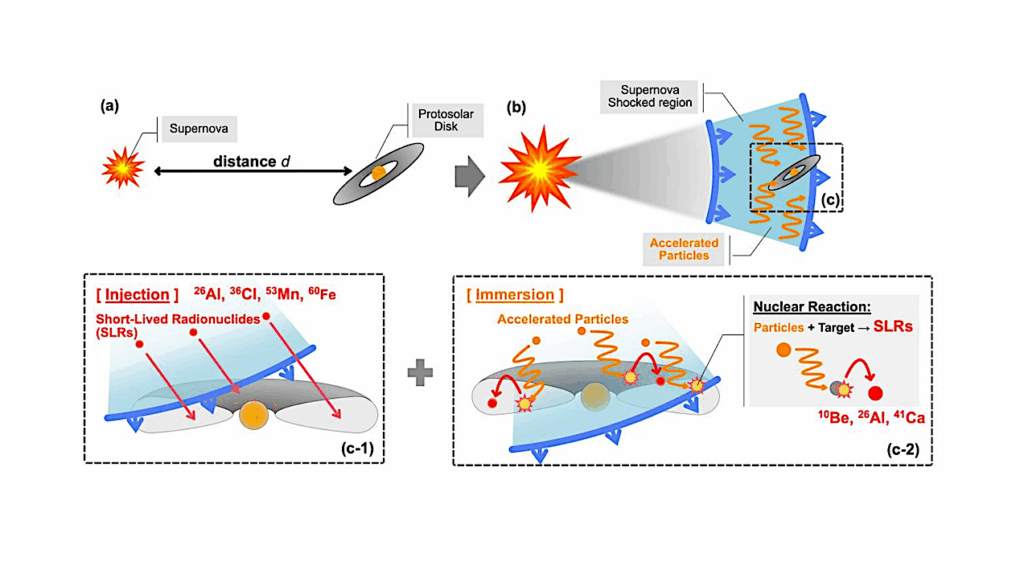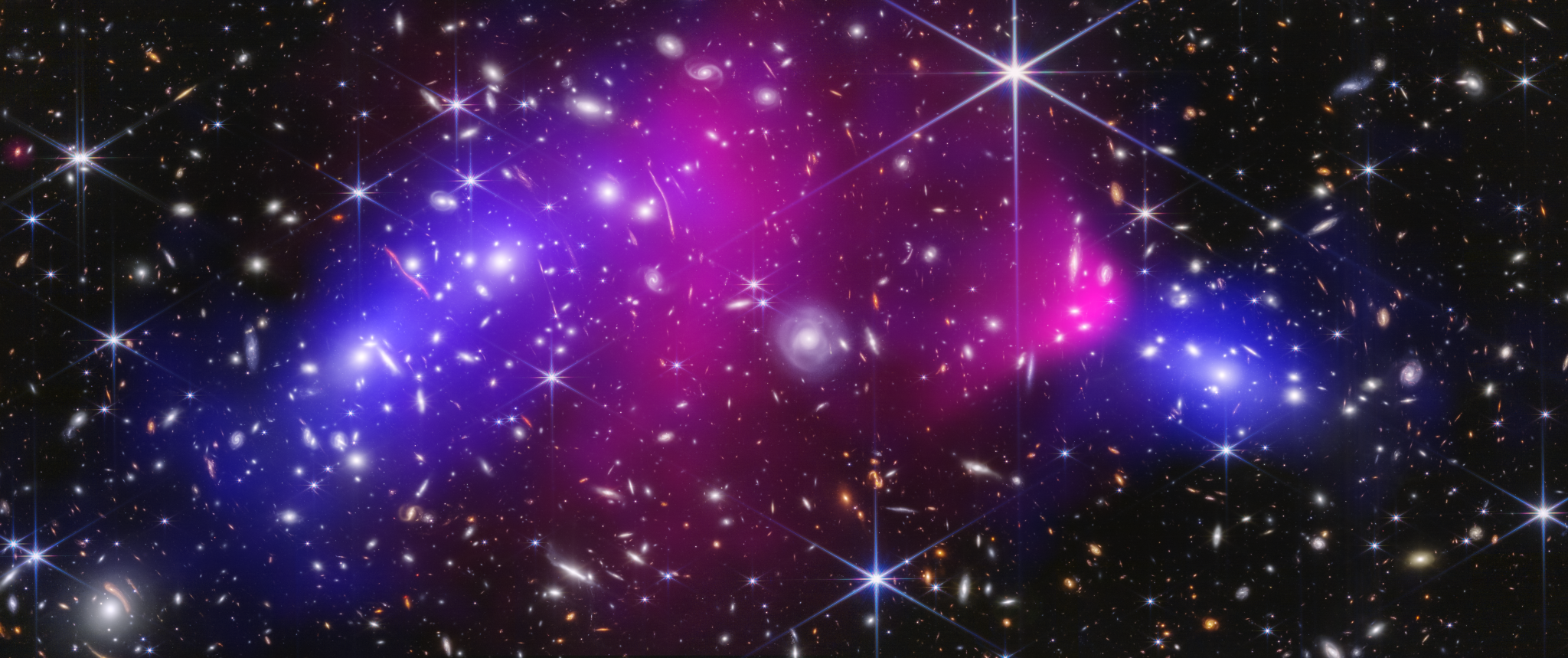Now Reading: Carbox: An End-to-end Differentiable Astrochemical Simulation Framework
-
01
Carbox: An End-to-end Differentiable Astrochemical Simulation Framework
Carbox: An End-to-end Differentiable Astrochemical Simulation Framework
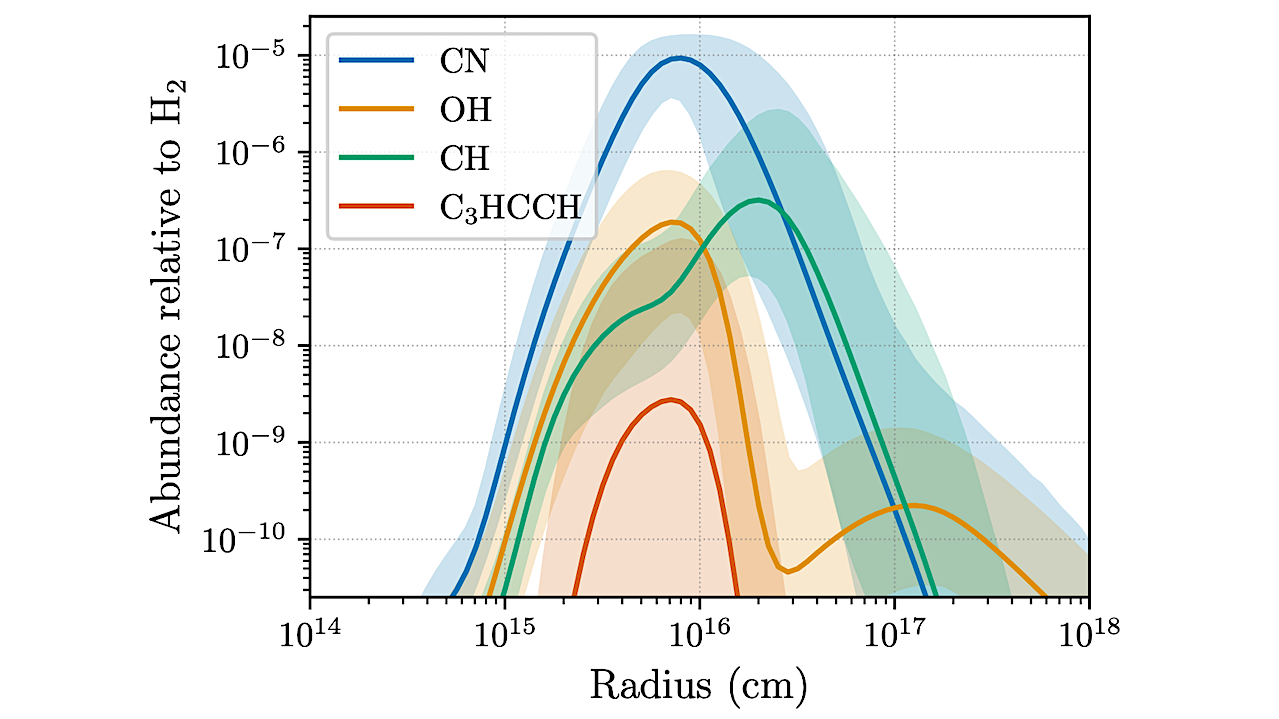
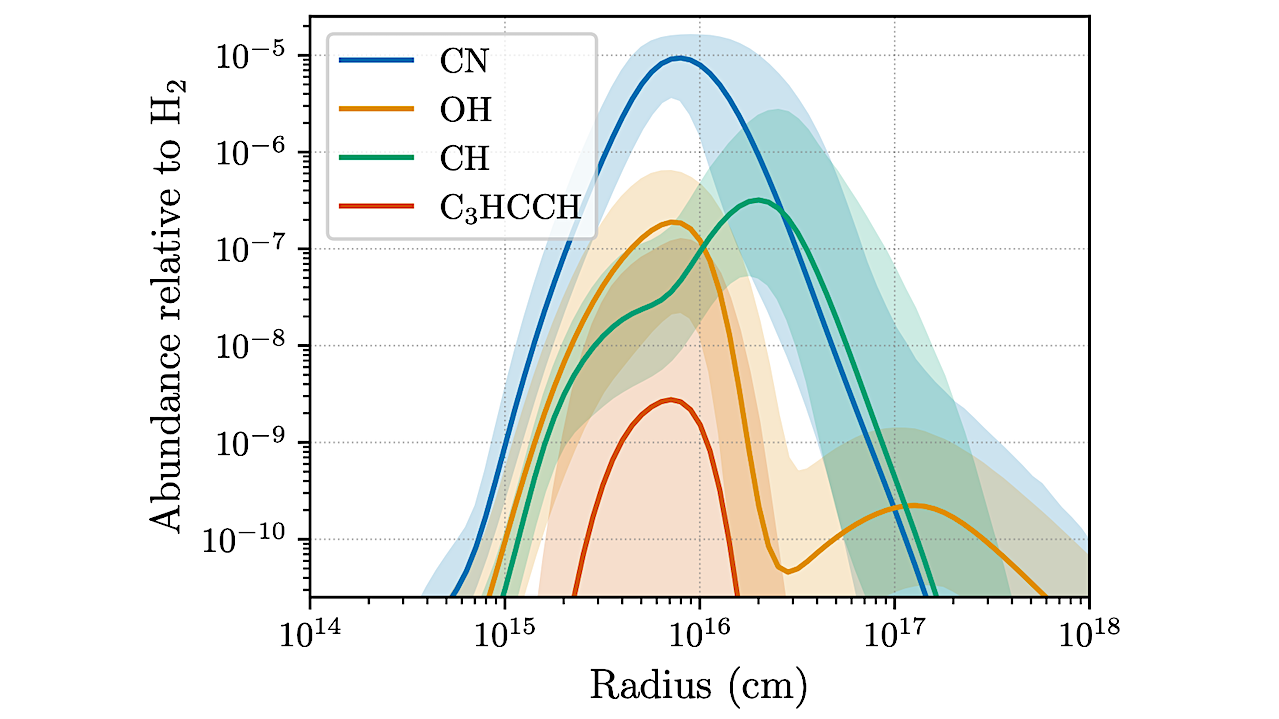
A figure illustrating the sensitivity of a carbon rich stellar outflow with a MCMC sampler
varying reaction rates of the entire network. — astro-ph.GA
Since the first observations of interstellar molecules, astrochemical simulations have been employed to model and understand its formation and destruction pathways.
With the advent of high-resolution telescopes such as JWST and ALMA, the number of detected molecules has increased significantly, thereby creating a need for increasingly complex chemical reaction networks.
To model such complex systems, we have developed Carbox, a new astrochemical simulation code that leverages the modern high-performance transformation framework Jax. With Jax enabling computational efficiency and differentiability, Carbox can easily utilize GPU acceleration, be used to study sensitivity and uncertainty, and interface with advances in Scientific Machine Learning.
All of these features are crucial for modeling the molecules observed by current and next-generation telescopes.
Gijs Vermariën, Tommaso Grassi, Marie Van de Sande, Serena Viti, Stefano Bovino, Alessandro Lupi, Alexander Ruf, Lorenzo Branca, Catherine Walsh
Comments: Accepted at EurIPS 2025 Workshop: Differentiable Systems and Scientific Machine Learning
Subjects: Astrophysics of Galaxies (astro-ph.GA); Instrumentation and Methods for Astrophysics (astro-ph.IM)
Cite as: arXiv:2511.10558 [astro-ph.GA] (or arXiv:2511.10558v1 [astro-ph.GA] for this version)
https://doi.org/10.48550/arXiv.2511.10558
Focus to learn more
Submission history
From: Gijs Vermariën
[v1] Thu, 13 Nov 2025 17:58:57 UTC (455 KB)
https://arxiv.org/abs/2511.10558
Astrobiology, Astrochemistry, Astronomy,
Stay Informed With the Latest & Most Important News
Previous Post
Next Post
-
 012024 in Review: Highlights from NASA in Silicon Valley
012024 in Review: Highlights from NASA in Silicon Valley -
 02Panasonic Leica Summilux DG 15mm f/1.7 ASPH review
02Panasonic Leica Summilux DG 15mm f/1.7 ASPH review -
 03From Polymerization-Enabled Folding and Assembly to Chemical Evolution: Key Processes for Emergence of Functional Polymers in the Origin of Life
03From Polymerization-Enabled Folding and Assembly to Chemical Evolution: Key Processes for Emergence of Functional Polymers in the Origin of Life -
 04How New NASA, India Earth Satellite NISAR Will See Earth
04How New NASA, India Earth Satellite NISAR Will See Earth -
 05And Thus Begins A New Year For Life On Earth
05And Thus Begins A New Year For Life On Earth -
 06Astronomy Activation Ambassadors: A New Era
06Astronomy Activation Ambassadors: A New Era -
07SpaceX launch surge helps set new global launch record in 2024













